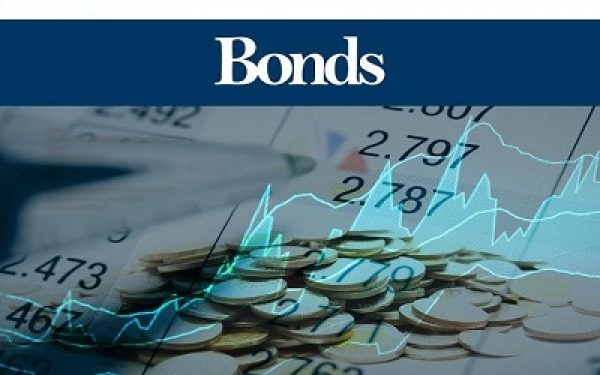According to the World Bank, sovereign debt issuance increased from an average of US$3.5 billion in 2010–13 to US$6.2 billion in 2014-17, adding issuance has been on fairly favorable terms- the weighted average coupon is 6.5 percent, and the average maturity is 20 years.
Ghana has issued a total of five sovereign bonds, totaling about US$4.5 billion since it issued its first debt instrument in 2007. Four of the bonds were issued between 2010 and 2016. However, the first sovereign debt issued in 2007 has been retired.
The highest yield is 9.25 percent from the 2016 euro bond with a tenor of five years. But the lowest yield is 7.875 percent from the 2013 euro-bond with a tenor of 10 years.
The World Bank Africa Pulse October 2017 report emphasized that “After enjoying a period of favourable external conditions for several years, countries in the region could well confront a tightening in financial conditions due to the move to normalization of monetary policy in advanced countries, a decrease in other sources of funding, and rising sovereign risks in the region.”
It, however, noted that the international bond market conditions are still bullish; though it is questionable whether these conditions will hold in the future.
On growth, the report stated that among oil exporters, growth is forecast to strengthen in Ghana, as increased oil and gas production boosts exports.
Ghana is expected to grow at about 6.1 percent for this year, the World Bank earlier said in its Global Economic Prospects Report. The country was also expected to grow at a high rate of 7.8 percent in 2018 and 6.2 percent in 2019 respectively.
Ethiopia is expected to grow very high in Sub Saharan Africa with a Gross Domestic Product of 8.3 percent this year followed by Tanzania with a growth rate of 7.2 percent. Ivory Coast and Senegal placed 3rd and 4th with an expected GDP of 6.8 and 6.7 percent respectively.
Africa’s biggest economy, Nigeria is however expected to grow at 0.2 percent, migrating from recession.
Regarding debt, the World Bank said there was concern about high debt levels and credit risk adding Standard & Poor’s has downgraded four Sub Saharan African countries since the beginning of 2017, namely, Gabon, Namibia, the Republic of Congo, and South Africa.
Additionally, the debt of several countries in the region remained on negative outlook with few countries such as Mozambique and DR Congo facing repayment problems for example.
On external source of financing, the report said capital flows to Sub-Saharan Africa slowed in 2015–16 on weaker global trends.
The report explained that the slowdown has underpinned a deceleration in investment growth in the region with the World Bank (2017) points out that investment growth in the region slowed from about 8 percent in 2014 to 0.6 percent in 2015—which is significantly lower than the 1990–2008 average of 6 percent and the rapid growth in investment of 11.6 percent during 2003–08.
Finally, foreign capital flows into other countries in Sub-Saharan Africa slightly increased, from 7.3 percent of GDP over 2011–14 to 7.7 percent of GDP in 2015—and this increase is primarily explained by a small increase in FDI.







 (Selorm) |
(Selorm) |  (Nana Kwesi)
(Nana Kwesi)